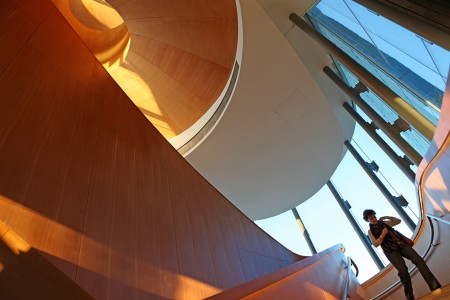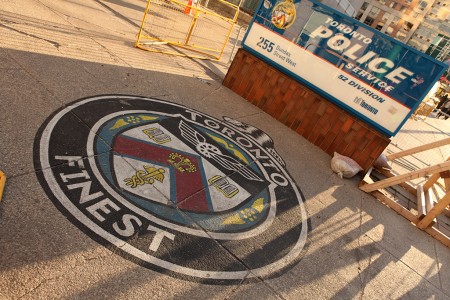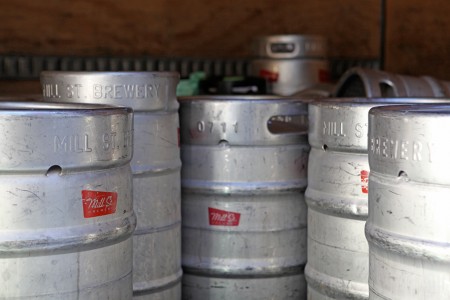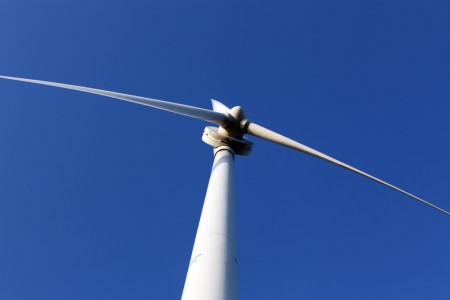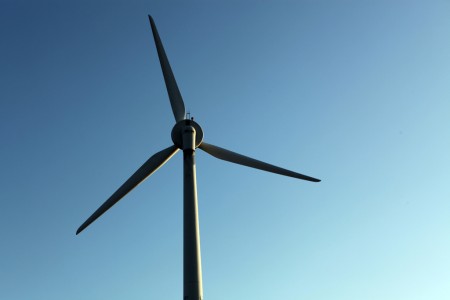Category: Toronto
Toronto police logo
Ontario Power Generation
Kegs
Armed mandrill
Turbine from below
Excluding traffic noise
My latest effort to avoid the constant sound of traffic and streetcar noise in my bedroom consists of wearing DeWalt DPG62-C ‘Interceptor’ Protective Safety Earmuffs over top of foam earplugs.
The earmuffs are rated for 29 decibels of sound reduction, while the earplugs are supposedly good for 32. The sound reduction doesn’t seem to be equal across the range of frequencies I can hear. Birdsong comes right through strangely unaffected, and the rumble of heavy trucks and SUVs remains perceptible, along with the clang and whoosh of streetcars. Together, the two forms of hearing protection do pretty effectively exclude traffic noise, at least when I have my window closed. Whether the whole setup will remain in place overnight is another question.
Wearing the combination is actually a bit disconcerting. There is a constant hiss in my ears, which I think is a combination of the hiss you get from hearing damage with the quiet flow of blood through my ears themselves. If I walk on pavement, each step produces a loud pounding noise. Even walking softly on a wooden floor in socks, I can hear my joints complain slightly when I put my weight on them. For some reason, wearing all this ear protection also makes me more aware of my body, from the mild ever-present pain in my left shoulder to the bodily exhaustion that characterizes the end of another frustrating and largely fruitless day.
We will see whether this combination of tools helps square the circle of a person who is always intensely irritated by traffic noise living in a thin-windowed second-floor apartment overlooking one of Toronto’s busier urban streets.

